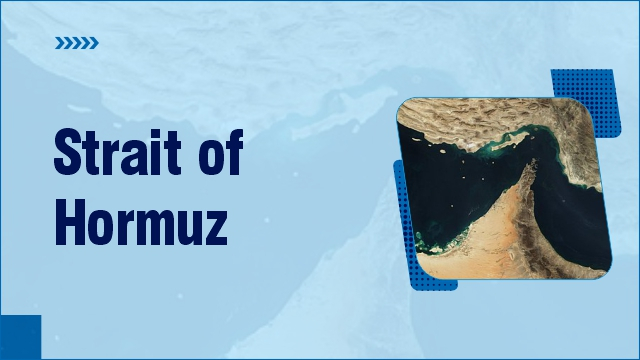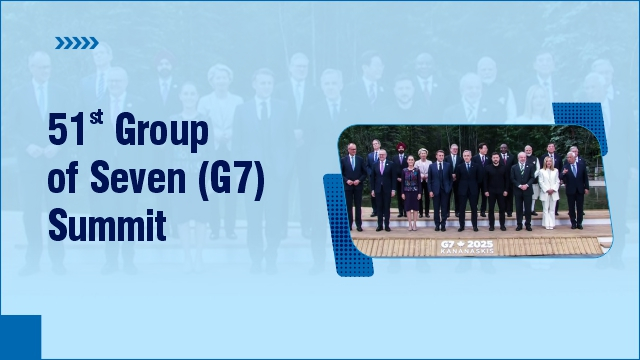Short Article
13:01:24
ENTRANCES OF INDIA’S NEW PARLIAMENT
The Vice President hoisted the National Flag at Gaja Dwar at India’s new Parliament Building, before its first session.
Key Highlights:
The Six Statues at the Entrances of New Parliament:
1. Gaja Dwar ( Elephant Gate)
- It represents intellect, memory, wealth and wisdom.
- This gate is on the north side of the building.
2. Ashwa Dwar (Horse Gate)
- It is at the Southern entrance. A horse symbolises power, strength and courage , describing the quality of governance.
3. Garuda ( King of Birds)
- It is believed to be the mount of Lord Vishnu (the preserver in the Hindu trinity). It makes Garuda a symbol of power and dharma (duty).The Garuda gate is the eastern entrance of the new Parliament building.
4. Makara (Mythological Aquatic Creature)
- It is named after the legendary sea creature that is a combination of different animals.
- Makara sculptures are seen in Hindu and Buddhist monuments spread across South and Southeast Asia.
- On one hand, Makara is considered as the combination of different creatures that represents India's unity in diversity. On the other hand, Makara sculptures at doorways are seen as protectors.
- The Makara Dwar faces the entrance to the old Parliament building.
5. Shardula ( Mythological Creature)
- It is a mythological creature who has the body of a lion, the head of a horse, elephant or parrot. It symbolises the power of the people of the country.
6. Hamsa Dwar (Swan Gate)
- It is named after the swan.
- Hamsa is the mount of Saraswati (the Hindu goddess of knowledge).
- It symbolises moksha, or meaning the liberation of the soul from the cycle of birth and death.
- The Hamsa sculpture on the Parliament's gate is a symbol of self-realisation and wisdom.




